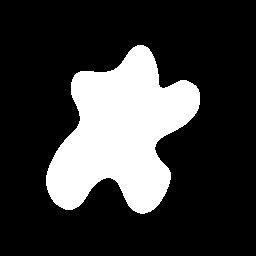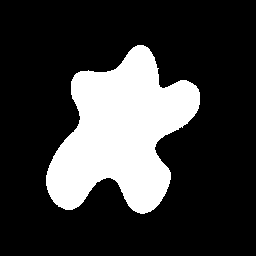Robust Algorithms for Discrete Tomography
Frank Tabak
Daily supervisor: Martin van Gijzen
Supervisor CWI: Joost Batenburg
Site of the project: CWI
Science Park 123
1098XG Amsterdam
Start of the Project: February 2012
In June 2012 the
Interim Thesis
and a
presentation has been given.
To illustrate the algorithm see the following video's:
blob_hole
en
shapes.avi.
The Master project has been finished in November 2012
by the completion of the
Masters Thesis
and a final
presentation
has been given.
For working address etc. we refer to our
alumnipage.
Summary of the master project:
Tomography methods concentrate on reconstructing objects from multiple projections that are obtained by sending, for example, X-rays through the object. Applications of these methods are, among others, radiology (CT-, MRI- and PET scans), geophysics and material science. The tomographic problems can be formulated as a system of linear equations. Unfortunately, these systems are not symmetric or positive (semi)definite and usually rank deficient.
In material science one is often presented with very small objects (like crystals or nano-structures) that consist of one or a small number of different materials, each with its own density. Scanning these small objects can cause damage to the structure and thus one can only take a very limited amount of projections. Fortunately, one can use the prior knowledge about the object to arrive at a reconstruction of the original object. How to arrive at this reconstruction is studied by the field of discrete tomography (DT).
With every kind of tomography, and thus also with DT, one is faced with noisy data. Because of this noise the reconstruction process becomes more difficult since the system of linear equations becomes inconsistent. The DART (Discrete Algebraic Reconstruction Method) algorithm was developed to solve DT problems. This algorithm deals with noise in a very heuristic method. The goal of this project is to investigate how the problem can be regularized such that it deals with the noise in a more efficient and robust manner.


Left: Original image (256 by 256 pixels) which is scanned using 5 projection angles. Right: Reconstructing of the object from the projections. The number of wrong pixels is 21.

Contact information:
Kees
Vuik

Back to the
home page
or the
Master students page of Kees Vuik


![]()
![]()